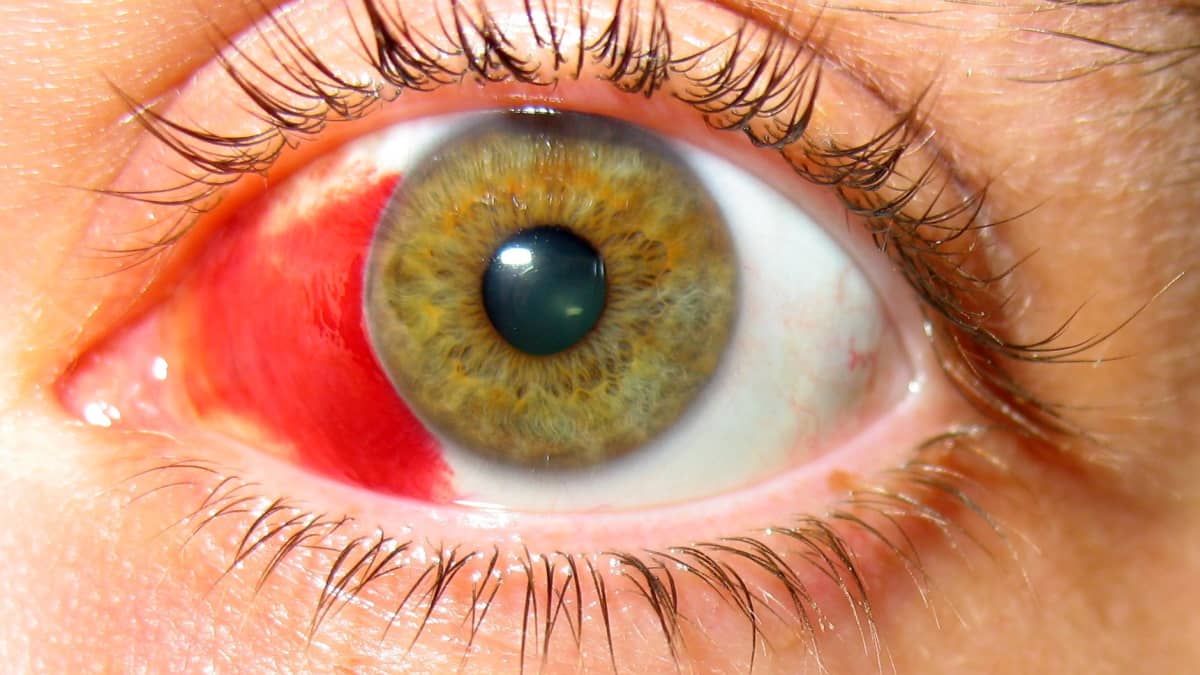Subconjunctival Hemorrhage (broken blood vessel in eye)

A subconjunctival hemorrhage often occurs without any obvious harm to your eye. Even a strong sneeze or cough can cause a blood vessel to break in the eye. You don’t need to treat it. A subconjunctival hemorrhage may look alarming, but it’s usually a harmless condition that disappears within two weeks or so.
Symptoms
The most obvious sign of a subconjunctival hemorrhage is a bright red patch on the white (sclera) of your eye.
Despite its bloody appearance, a subconjunctival hemorrhage looks worse than it is and should cause no change in your vision, discharge or pain. Your only discomfort may be a scratchy feeling on the surface of the eye.
Causes
The cause of a subconjunctival hemorrhage isn’t always known. The following actions may cause a small blood vessel to rupture in your eye:
- Violent coughing
- Powerful sneezing
- Straining
- Vomiting
In some cases, a subconjunctival hemorrhage may result from an eye injury, including:
- Roughly rubbing your eye
- Trauma, such as a foreign object injuring your eyes
Prevention
If the bleeding on the surface of your eye has a clearly identifiable cause, such as a bleeding disorder or blood-thinning medication, ask your doctor if you can take any steps to reduce the risk of a subconjunctival hemorrhage.
If you need to rub your eyes, rub them gently. Rubbing too hard can cause minor trauma to your eyes, which may lead to a subconjunctival hemorrhage.
